UC San Diego and Space Tango received a NASA award to develop the first dedicated stem cell research laboratory within the International Space Station.
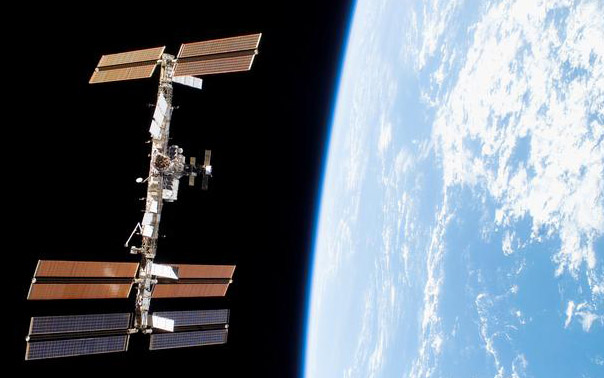
news, journals and articles from all over the world.

UC San Diego and Space Tango received a NASA award to develop the first dedicated stem cell research laboratory within the International Space Station.
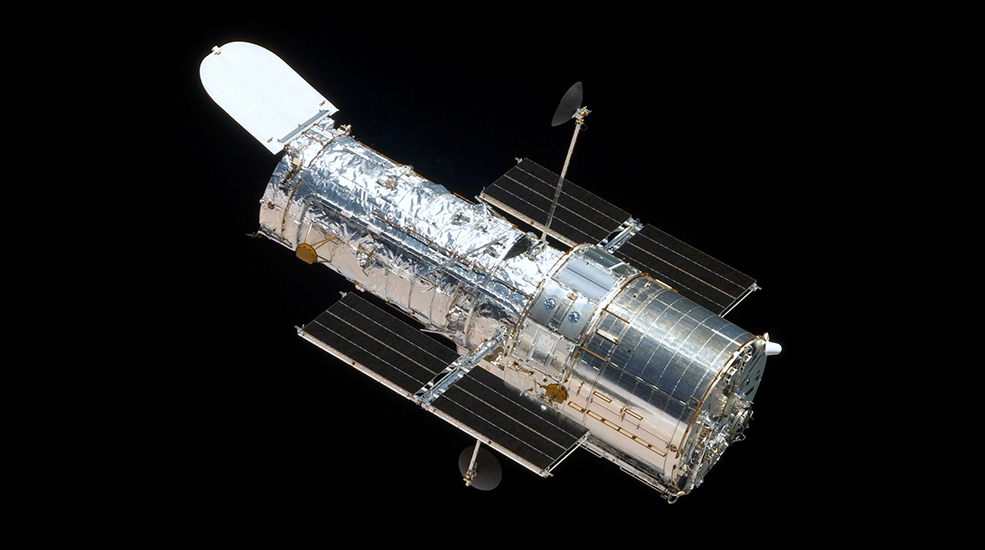
Peering into the darkness to see what we could not previously see, the Hubble Space Telescope has been delighting scientists and the general public with revealing details and images of galaxies and celestial phenomena. The American Institute of Physics recognizes and celebrates the momentous occasion of the 30th anniversary of its launch and Physics Today is highlighting the anniversary in its April issue with a look back at the history of the telescope and analysis of Hubble’s discoveries over the past 30 years.
A team of astronomers have found the best evidence yet that the culprit in a stellar homicide is a mid-sized black hole, the long-sought “missing link” in the black hole family. Multiple lines of evidence pointed to the elusive type of black hole, including investigations using Hubble and Chandra.
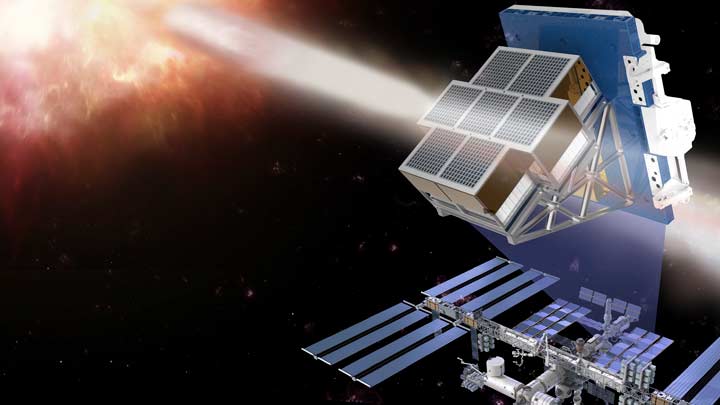
In collaboration with Marshall Space Flight Center (MSFC), the Center for Space Plasma and Aeronomic Research (CSPAR) at The University of Alabama in Huntsville (UAH) has a significant role in LEAP – the LargE Area burst Polarimeter – a mission that is one of four proposals approved by NASA for further review.
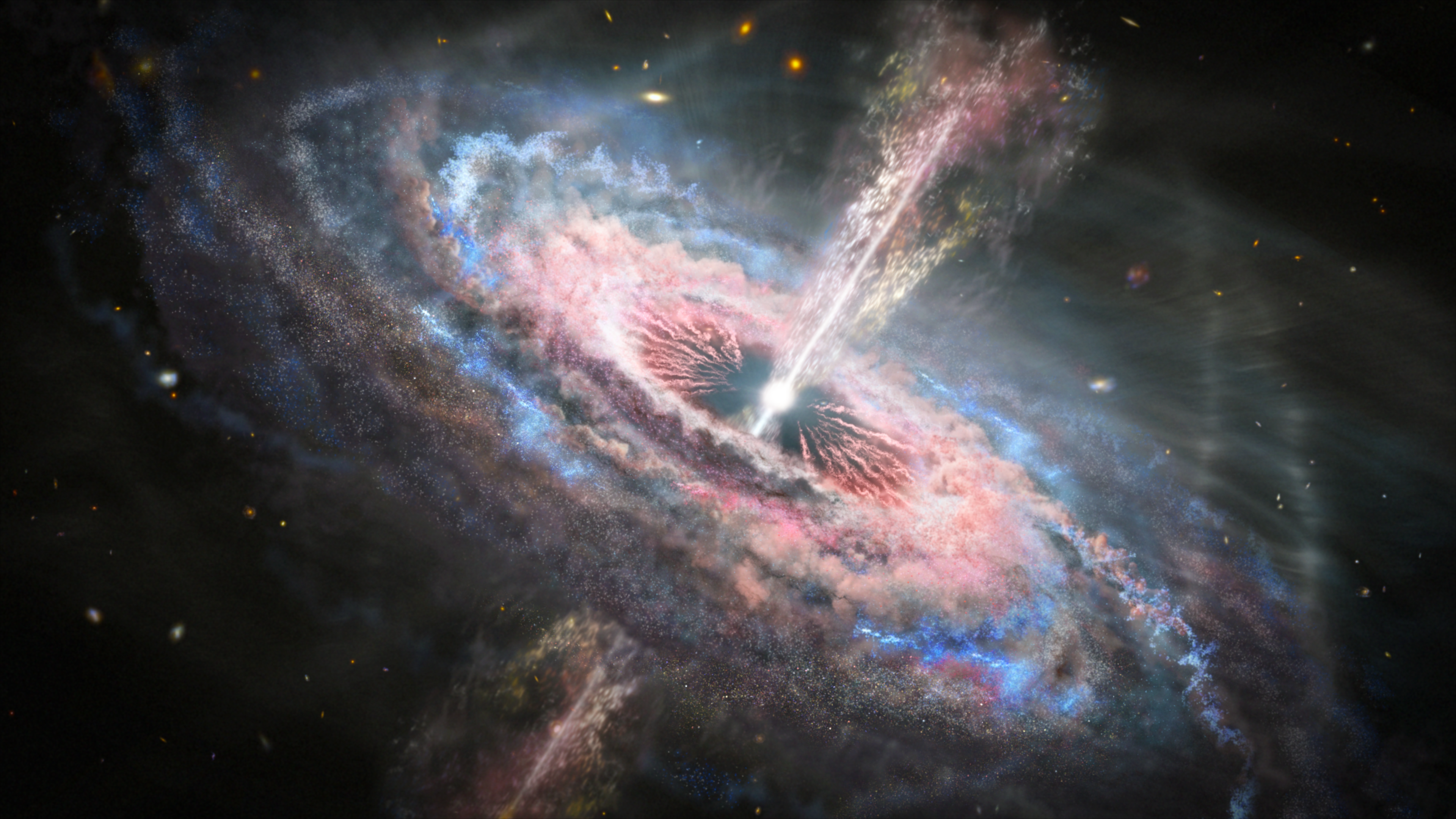
A team of astronomers using Hubble have found the most energetic outflows ever witnessed in the universe. These outflows emanate from quasars and tear across interstellar space like tsunamis, wreaking havoc on the galaxies in which the quasars live.
Irvine, Calif., March 18, 2020 – During the exceptionally warm Arctic summer of 2019, Greenland lost 600 billion tons of ice, enough to raise global sea levels by 2.2 millimeters in two months. On the opposite pole, Antarctica continued to lose mass in the Amundsen Sea Embayment and Antarctic Peninsula but saw some relief in the form of increased snowfall in Queen Maud Land, in the eastern part of the continent.
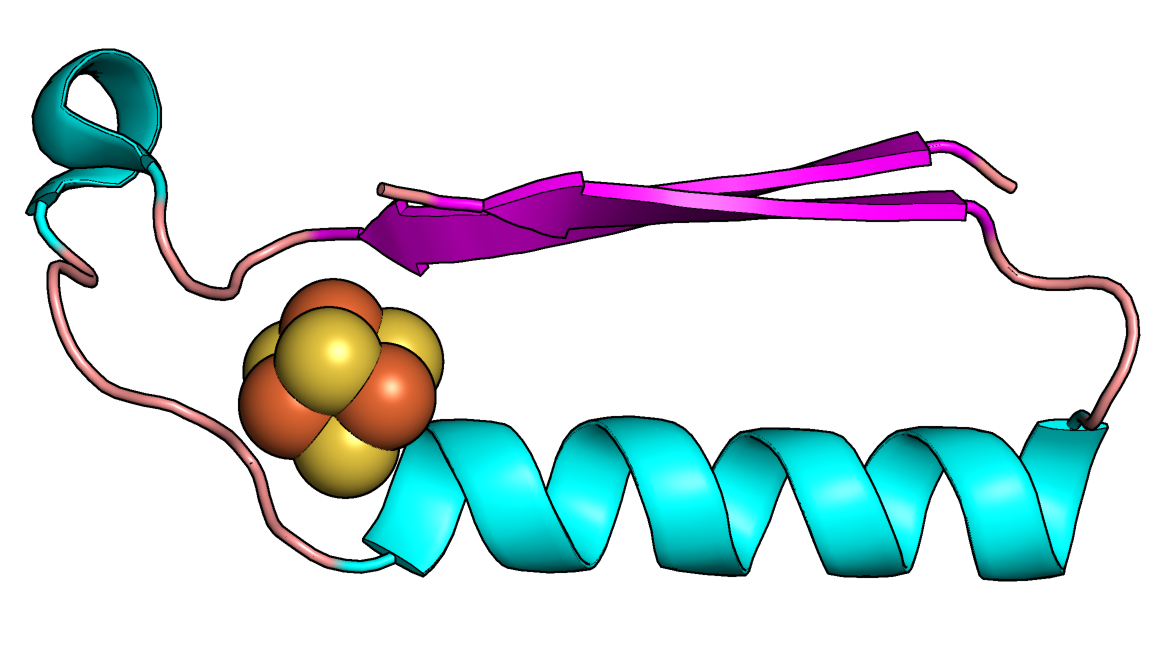
Rutgers researchers have discovered the origins of the protein structures responsible for metabolism: simple molecules that powered early life on Earth and serve as chemical signals that NASA could use to search for life on other planets. Their study, which predicts what the earliest proteins looked like 3.5 billion to 2.5 billion years ago, is published in the journal Proceedings of the National Academy of Sciences.

Rutgers student Julia Van Etten, whose @Couch_Microscopy Instagram page garnered more than 25,000 followers by showcasing microorganisms as art, is now working with NASA on research into how red algae can help explain the origins of life on Earth.
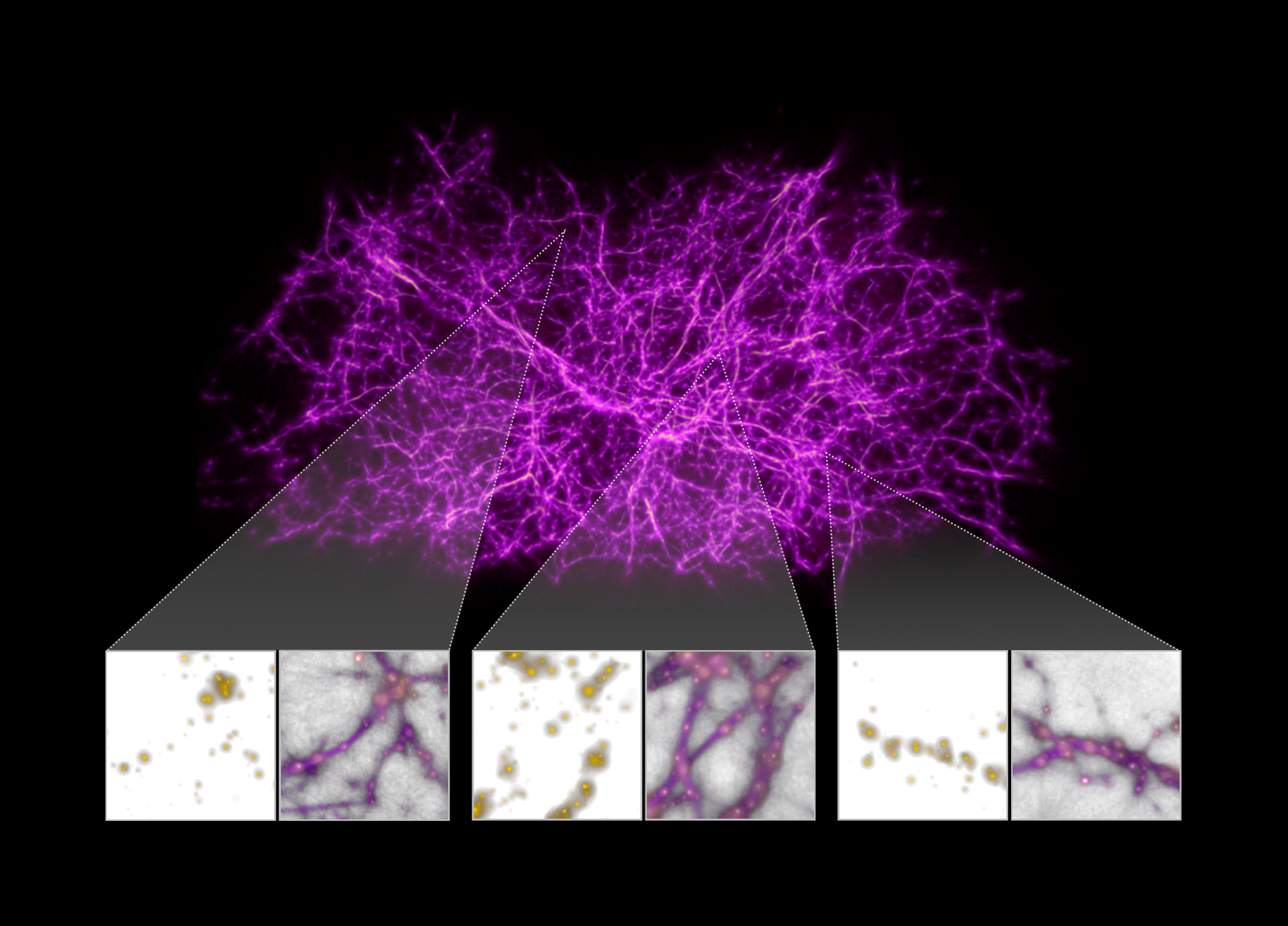
A team of researchers designed a computer algorithm based on slime mold behavior to generate a filamentary map of the universe, which they then confirmed with archival observations from the Hubble Space Telescope.
Launching no earlier than March 6 at 11:50 PM EST, the Johns Hopkins University will send heart muscle tissues, contained in a specially-designed tissue chip the size of a small cellphone, up to the microgravity environment of the International Space Station (ISS) for one month of observation.
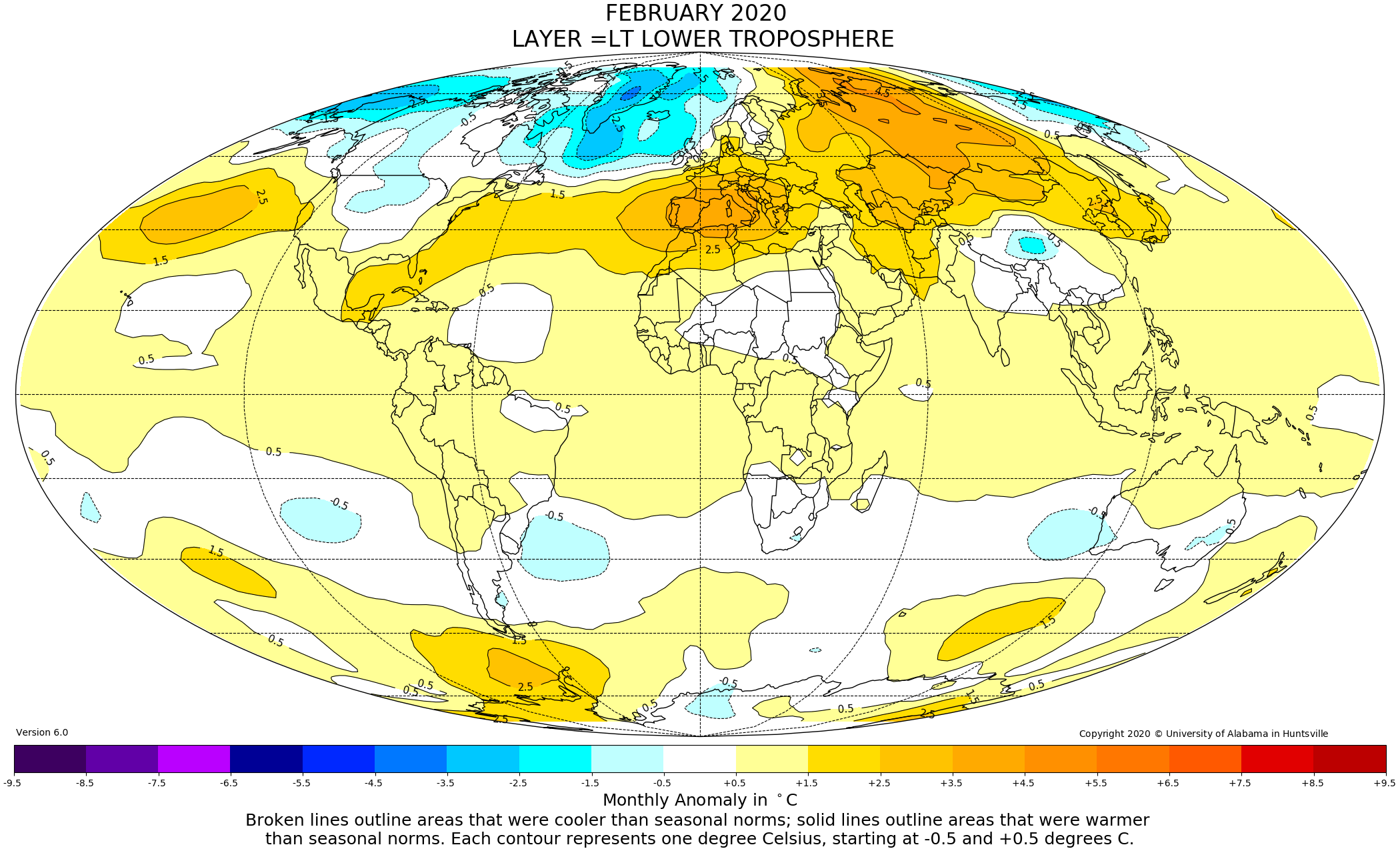
Global Temperature Report: February 2020
NASA’s BIG Idea Challenge funds eight university teams to work on lunar payloads and study the Moon’s darkest reaches. A student team at Michigan Technological University takes their rover technology to the “dark side”. Not for evil — the polar craters…
The operations people behind the Space Telescope’s 30 years of breakthrough science are honored by the National Air and Space Museum.
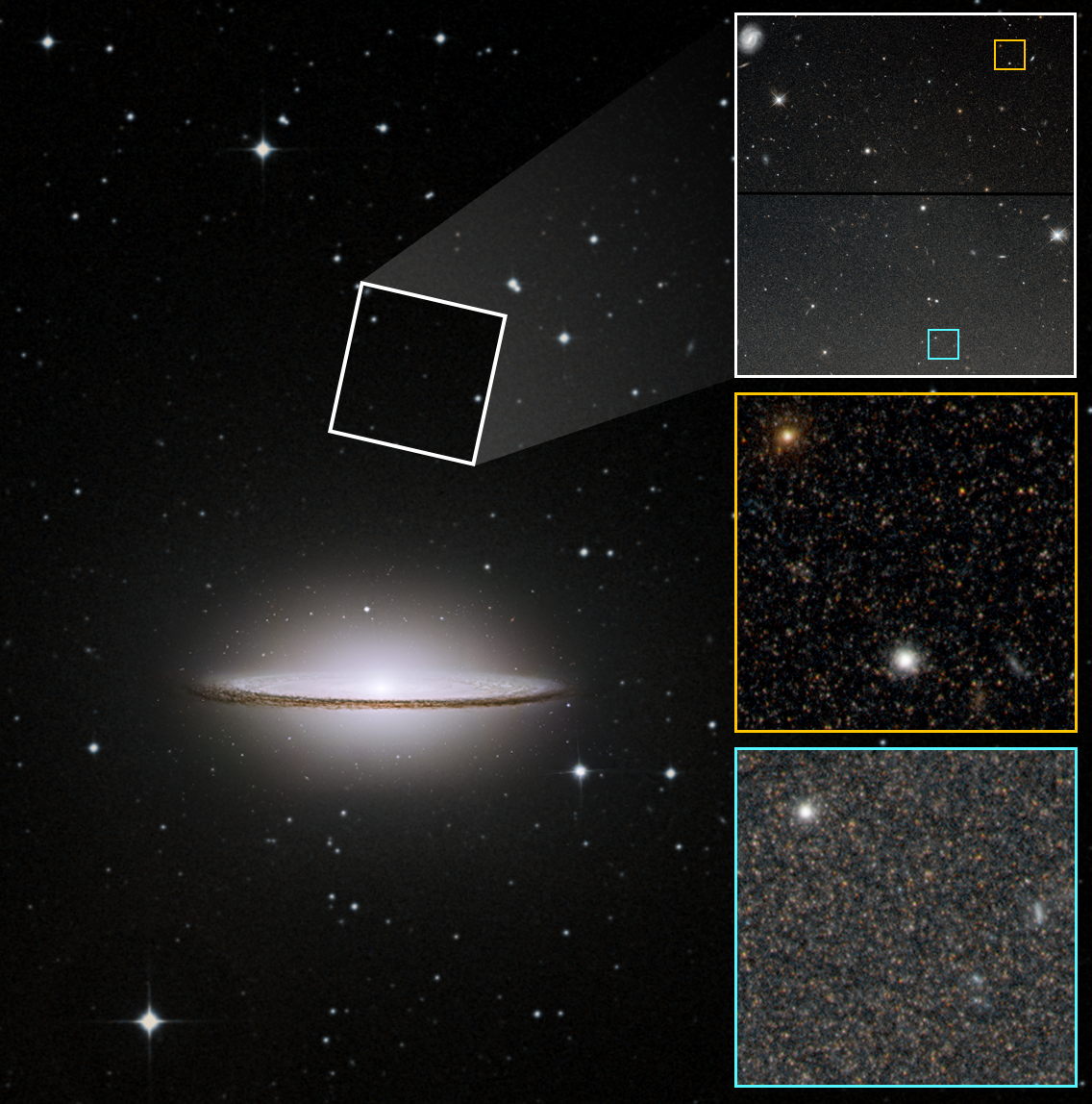
Hubble Space Telescope observations suggest that the broad “brim” of the Sombrero galaxy may conceal a turbulent past. Clues to a rough-and tumble history lie in the galaxy’s extended halo.

The Center for Space Plasma and Aeronomic Research (CSPAR) at The University of Alabama in Huntsville (UAH) will be central to the modeling and data crunching that follow the scheduled launch of NASA’s Interstellar Mapping and Acceleration Probe (IMAP) mission in 2024.
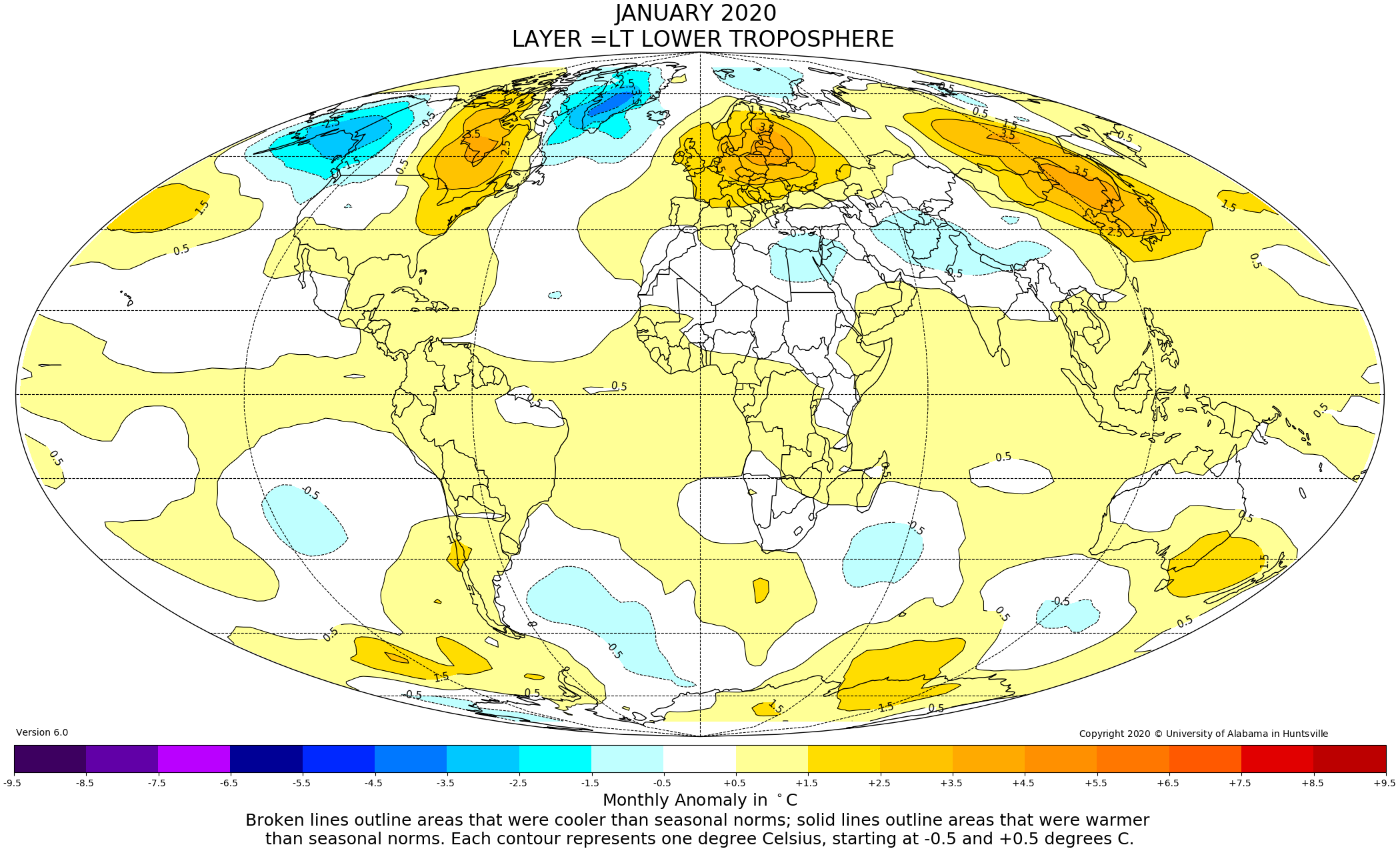
Global Temperature Report: January 2020
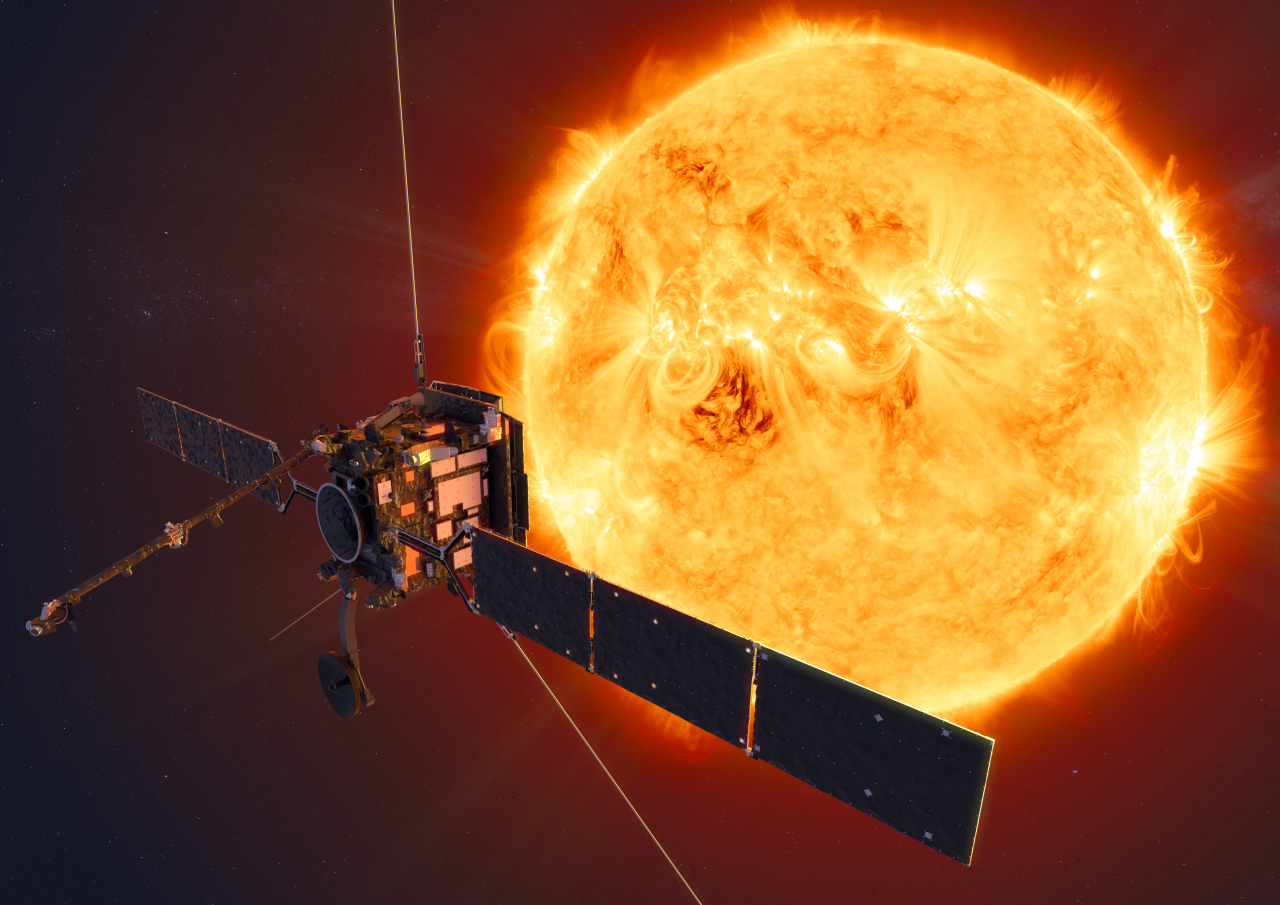
The University of Alabama in Huntsville (UAH) will have a major role in exploring an expected massive data stream that will follow the launch of the European Space Agency (ESA) Solar Orbiter, a mission that will fly over the sun’s poles and on which UAH’s Dr. Gary Zank is a co-primary investigator.
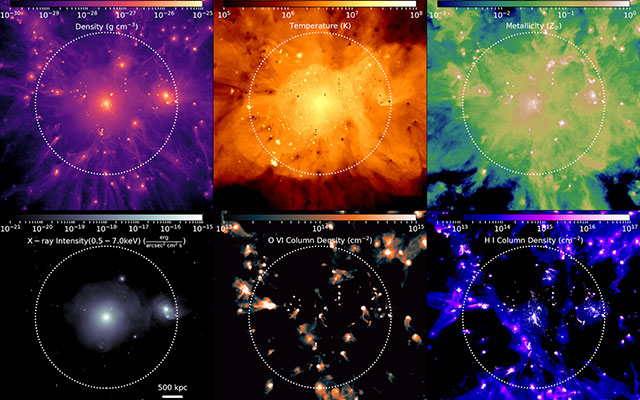
A new study published late last year in the Monthly Notices of the Royal Astronomical Society explored the molecular gas within and surrounding the intracluster medium, which fills the space between galaxies in a galaxy cluster.
NASA’s Spitzer Space Telescope has studied the universe in infrared light since its launch in 2003, and at the end of this month its mission will come to an end — leading NASA and astronomers worldwide to reflect on the…
The new Psyche Mission Innovation Toolkit online course is designed to help learners understand the unique challenges of a diverse team and provides tools to help address these challenges and take actions to be more successful in working with others. Image by ASU Continuing and Professional Education
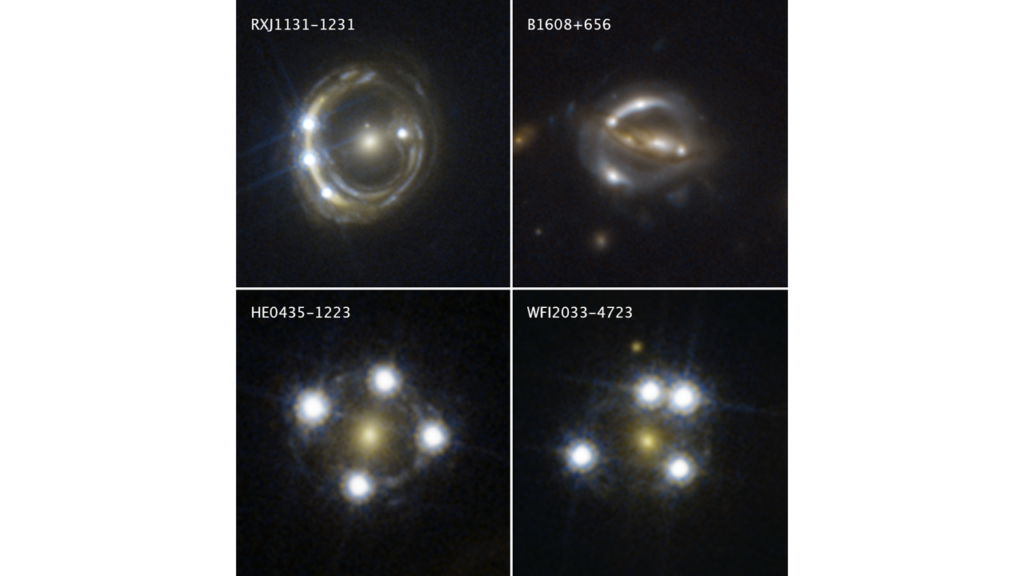
Astronomers using Hubble have made the most precise measurement yet of the universe’s expansion rate using the gravitational lensing method, which is independent
from the usual cosmic distance ladder.

Hubble observations suggest that orange stars, slightly cooler than our Sun, are better hangouts for life. There are more of them in our galaxy, they live much longer than our Sun, and unleash less deadly radiation than red dwarf stars.
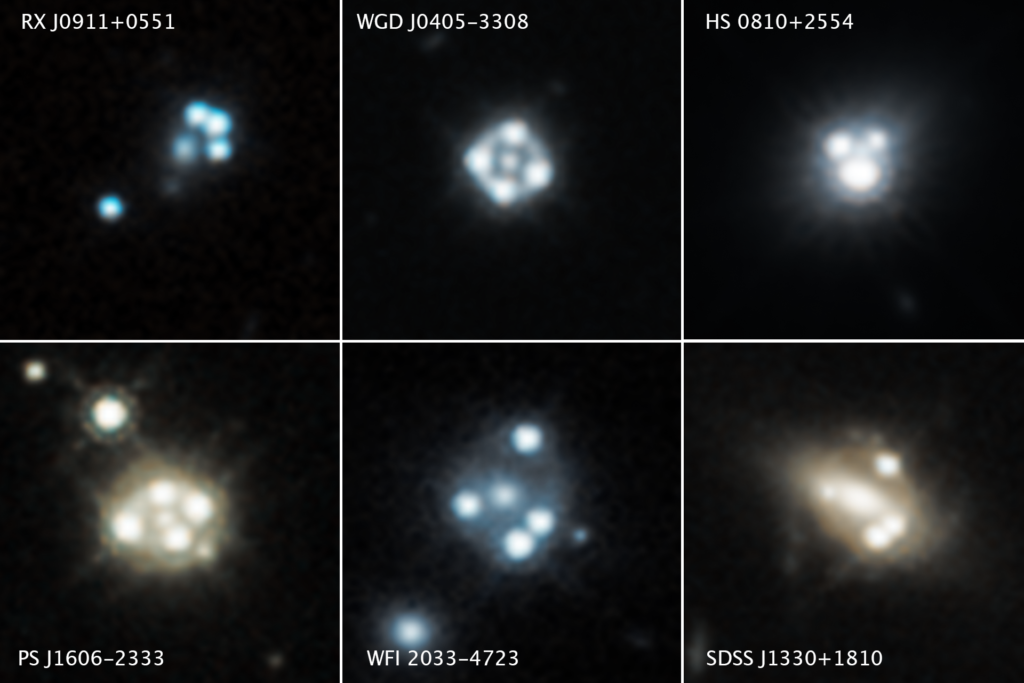
Using Hubble and a new observing technique, astronomers have uncovered the smallest clumps of dark matter ever detected. Dark matter is an invisible
substance that makes up most of the universe’s mass and forms the scaffolding upon which galaxies are built.
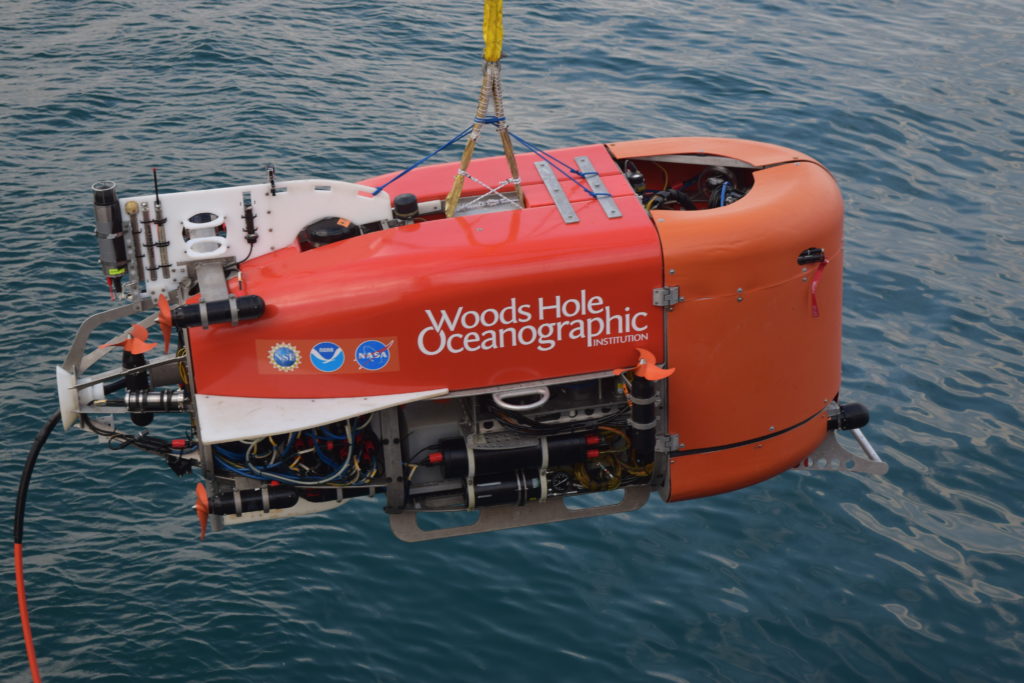
A hybrid remotely operated vehicle developed by Woods Hole Oceanographic Institution (WHOI) took the first known automated sample performed by a robotic arm in the ocean. Last month, an international team of researchers used one of WHOI’s underwater robots, Nereid Under Ice (NUI), to explore Kolumbo volcano, an active submarine volcano off Greece’s famed Santorini island.
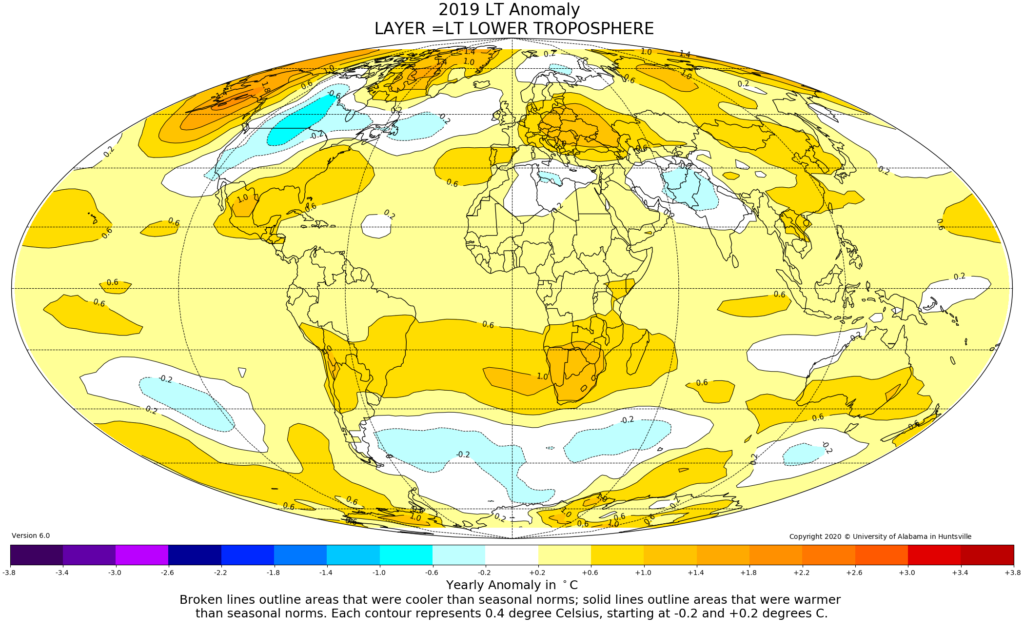
Global Temperature Report: December 2019
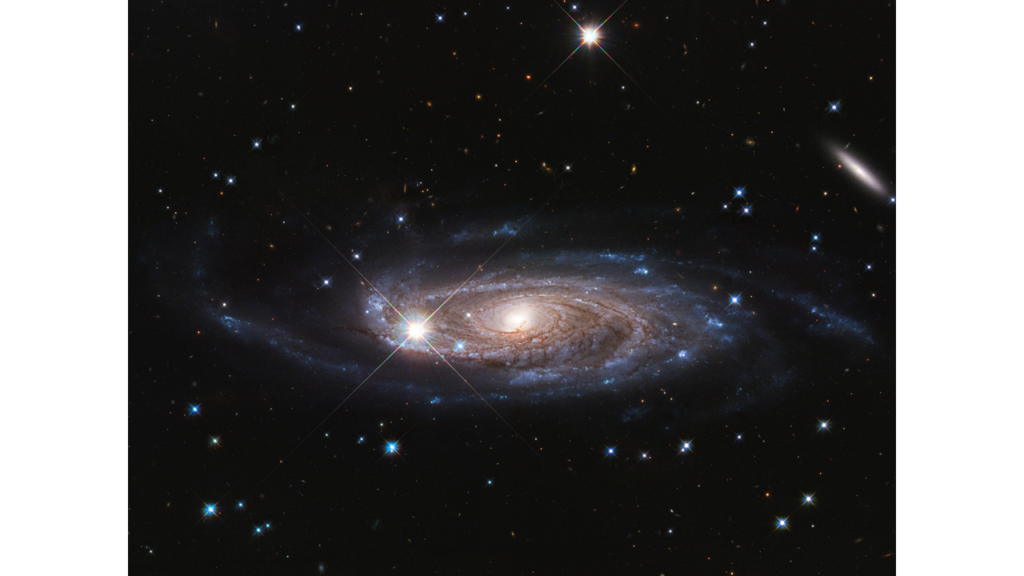
Hubble has photographed a majestic spiral galaxy, UGC 2885, located 232 million light-years away. The galaxy is 2.5 times wider than our Milky Way and contains 10 times as many stars. Astronomers want to know how it got so big.
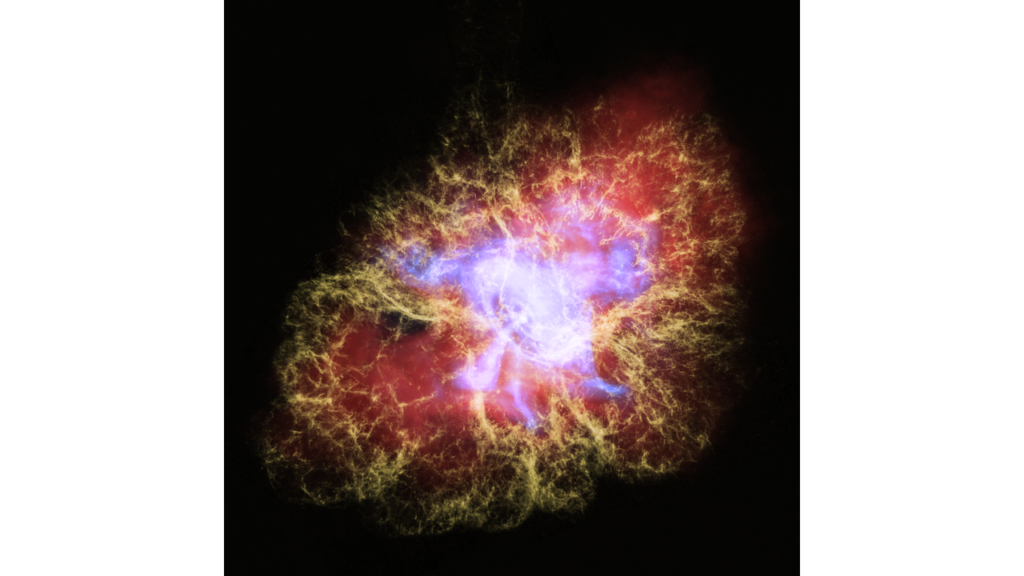
Astronomers and visualization specialists have combined the visible, infrared and X-ray vision of NASA’s Great Observatories to create a 3D representation of the dynamic Crab Nebula—the tattered remains of an exploded star.
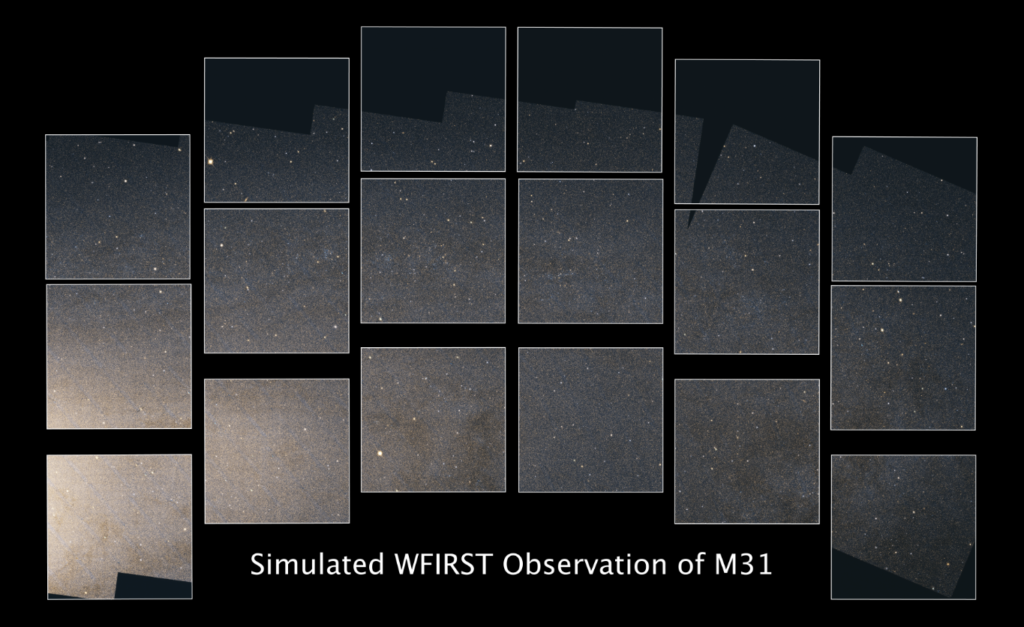
NASA’s upcoming Wide Field Infrared Survey Telescope (WFIRST), scheduled for launch in the mid-2020s, will have the power to survey the sky 1,000 times faster than the Hubble Space Telescope, with Hubble-quality detail, in the near-infrared.
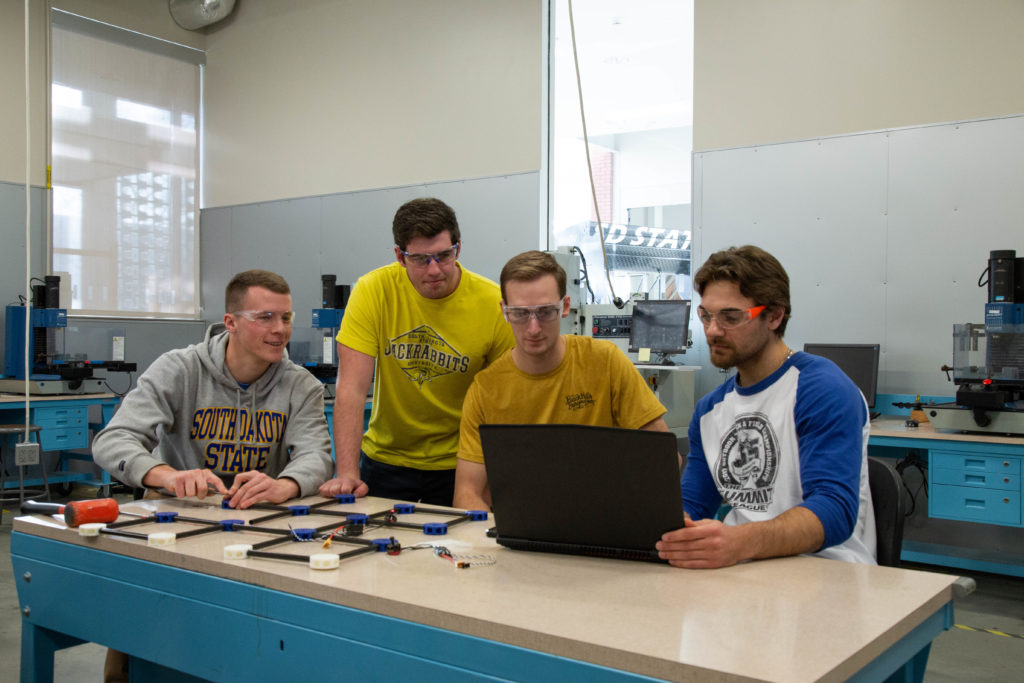
Engineering students at South Dakota State University are designing a drone large enough to carry a human for their capstone senior design project through a nearly $80,000 grant from NASA.

Deep in our Milky Way galaxy’s center, a candy cane emerges as the centerpiece of a new, colorful composite image from a NASA camera, just in time for the holidays.
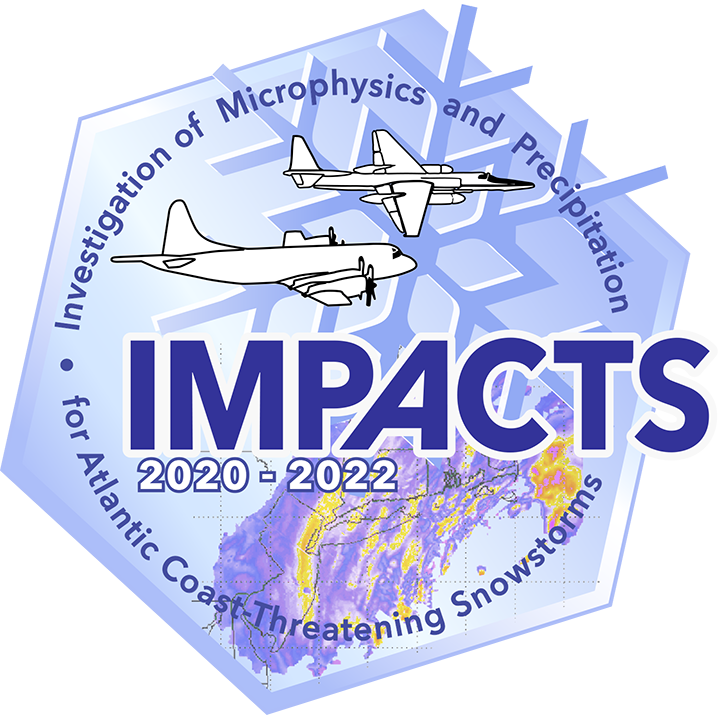
To better understand large, disruptive snowstorms, a University of Washington atmospheric scientist will lead a NASA field campaign this winter to fly through major snowstorms along the East Coast. The multi-institutional team will observe snow as it forms in clouds to help with satellite monitoring of snowfall and ultimately improve forecasts.
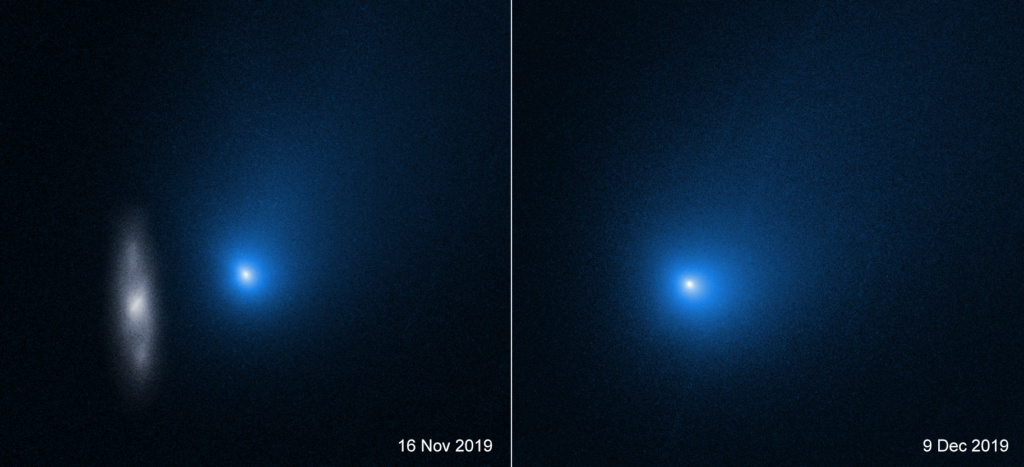
Hubble captured interstellar comet 2I/Borisov streaking past the Sun in a pair of images taken on November 16 and December 9. It is the first confirmed interstellar comet known to have passed through the solar system.
Irvine, Calif., Dec. 12, 2019 – A University of California, Irvine-led team of glaciologists has unveiled the most accurate portrait yet of the contours of the land beneath Antarctica’s ice sheet – and, by doing so, has helped identify which regions of the continent are going to be more, or less, vulnerable to future climate warming.
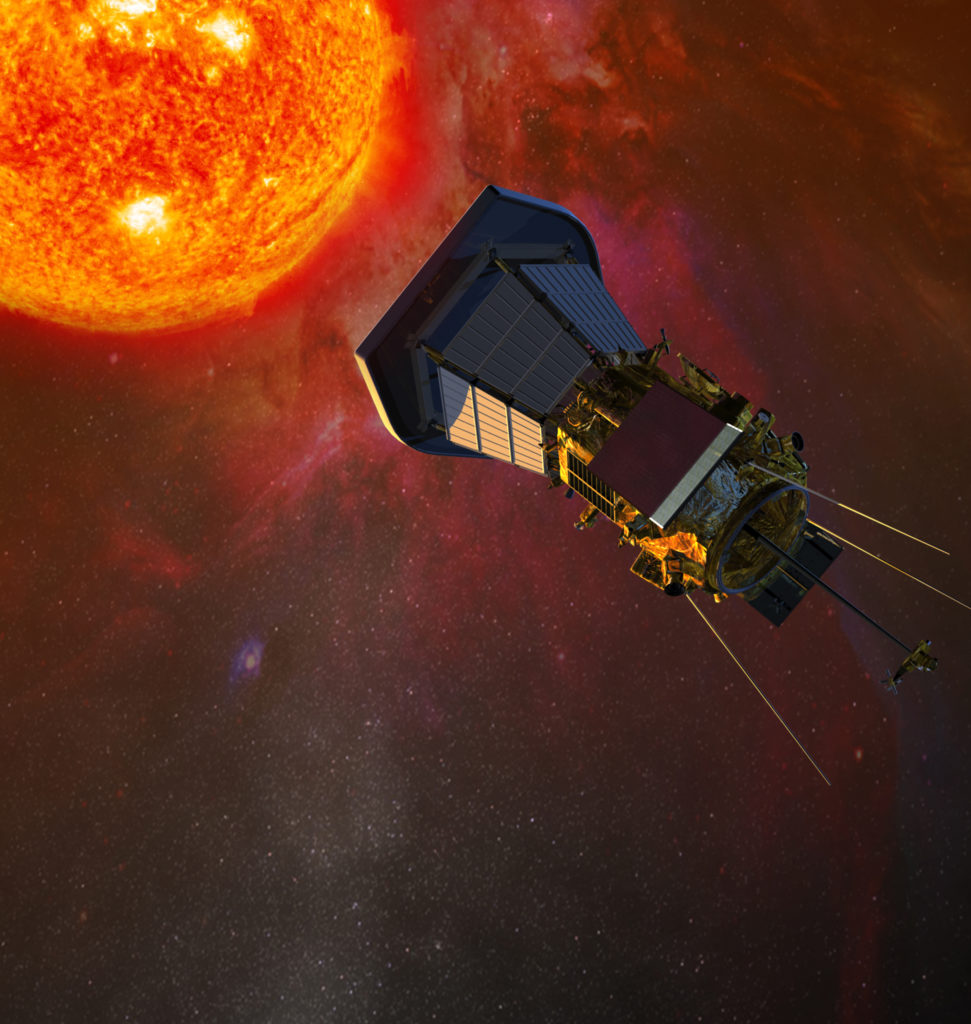
The first published science from the Solar Wind Electrons Alphas and Protons (SWEAP) instruments aboard NASA’s Parker Solar Probe (PSP) poses a major challenge to our understanding of the dynamics of the near-sun solar wind.
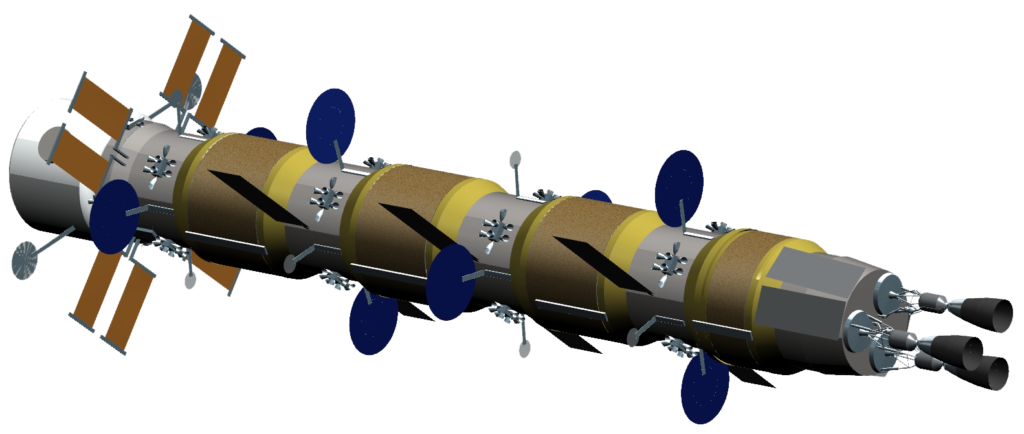
NASA has a research grant with The University of Alabama in Huntsville (UAH) to model how a spacecraft might be engineered to work with nuclear thermal propulsion (NTP), en route to an eventual test flight.
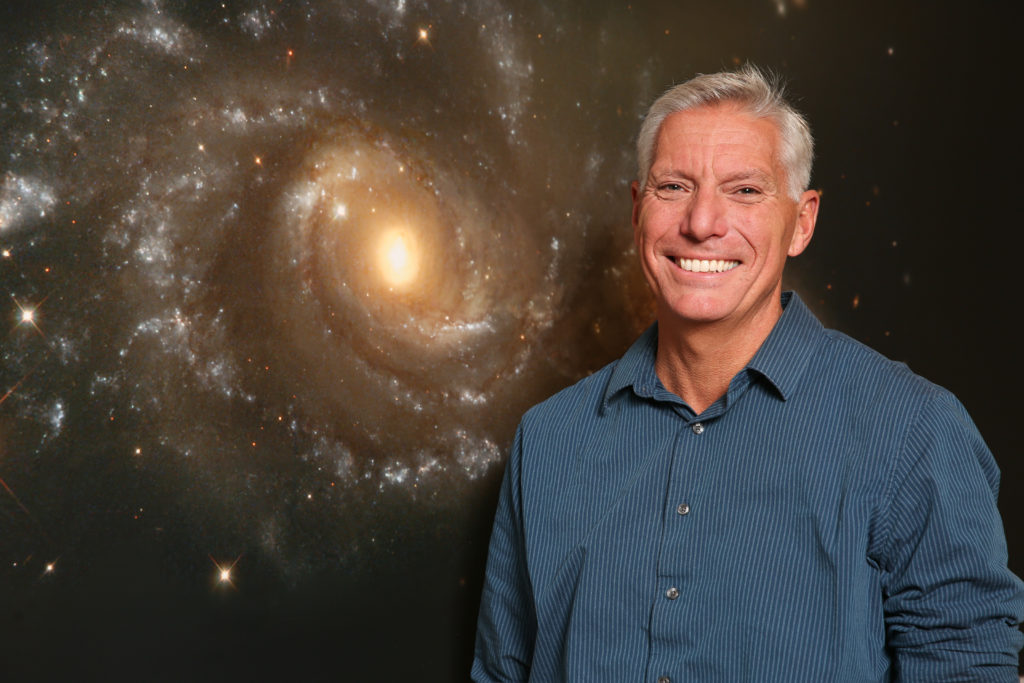
The Parker Solar Probe (PSP) Solar Wind Electrons Alphas and Protons (SWEAP) team at The University of Alabama in Huntsville (UAH) is part of the entire PSP team that will receive the NASA Silver Achievement Medal on Nov. 12.

New Brunswick, N.J. (Nov. 11, 2019) – Rutgers University–New Brunswick scholar Juliane Gross is available to discuss the untouched lunar rock and soil sample collected during the Apollo 17 mission and opened last week in Houston. Gross was one of three…
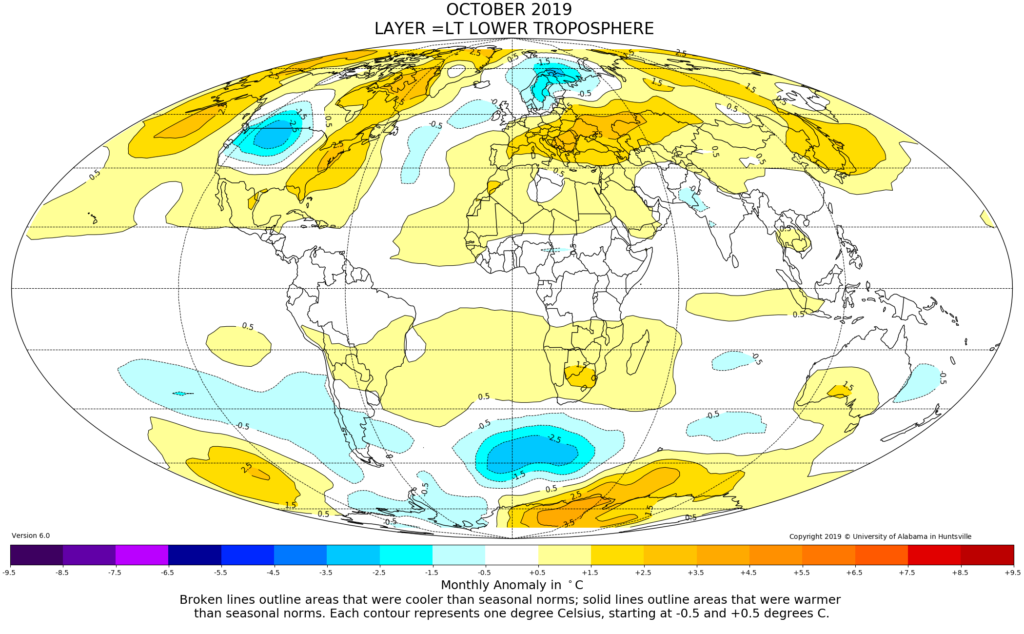
Global Temperature Report: October 2019

Geologist Kathy Benison has been selected for NASA’s Mars 2020 team.

Understanding the formation and evolution of ice in astrophysical environments can provide information about the physical conditions encountered in space and the chemical similarities and differences between planetary and stellar systems. At the AVS 66th International Symposium and Exhibition, Edith Fayolle, an astrochemist at NASA’s Jet Propulsion Laboratory, will talk about how scientists are trying to understand properties of ice on astrophysical bodies, such as its formation, composition and sublimation — the process by which ice transitions directly into gas, without being in its liquid phase in between.

Houston Methodist researchers are studying Italian sports car maker Automobili Lamborghini’s carbon fiber materials in space.

Assistant Professor of Computational Physics and Planetary Science Carrie Nugent has been awarded a three-year grant from NASA to detect asteroids in archival data. This work will be in collaboration with Dr. James “Gerbs” Bauer at the University of Maryland.
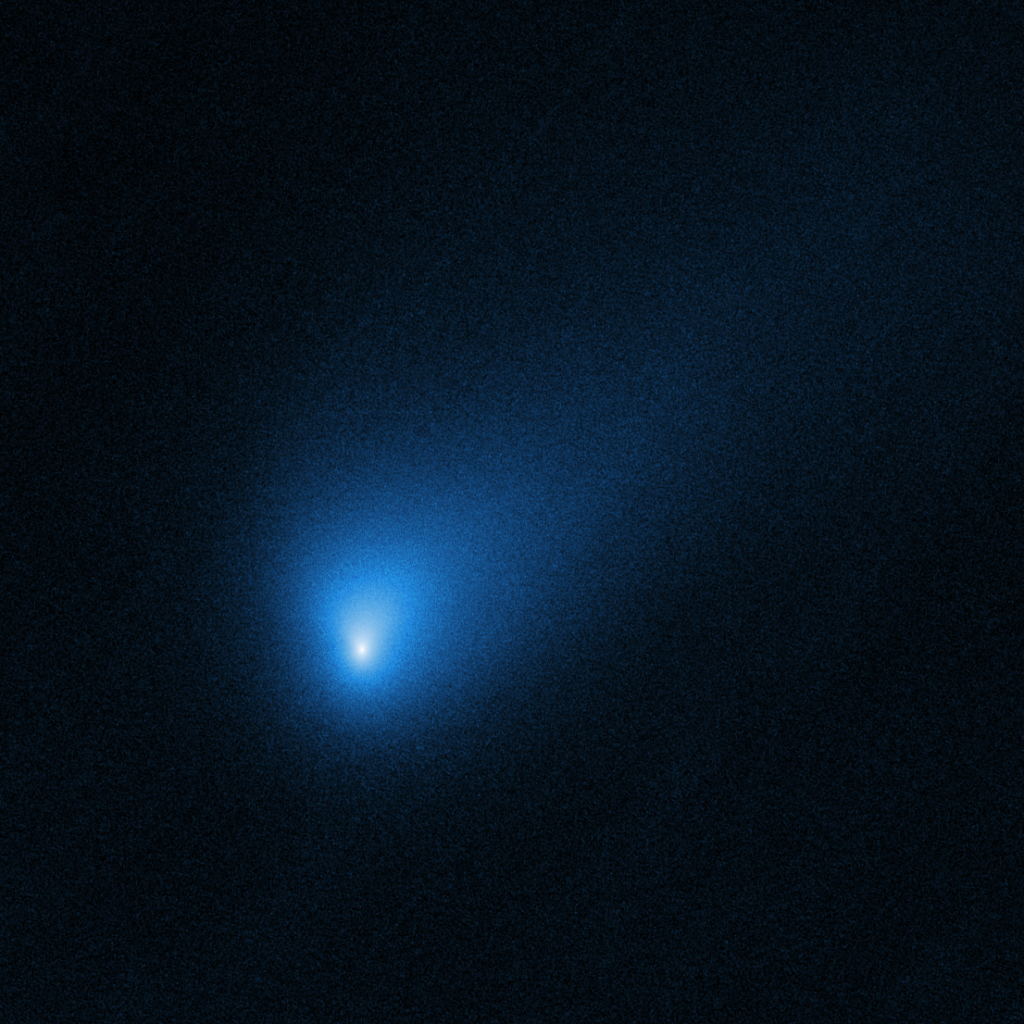
Hubble has taken the sharpest view to date of interstellar comet 2I/Borisov whose speed and trajectory indicate it has come from beyond our solar system. The image, taken October 12, 2019, reveals a central concentration of dust around the comet’s nucleus.
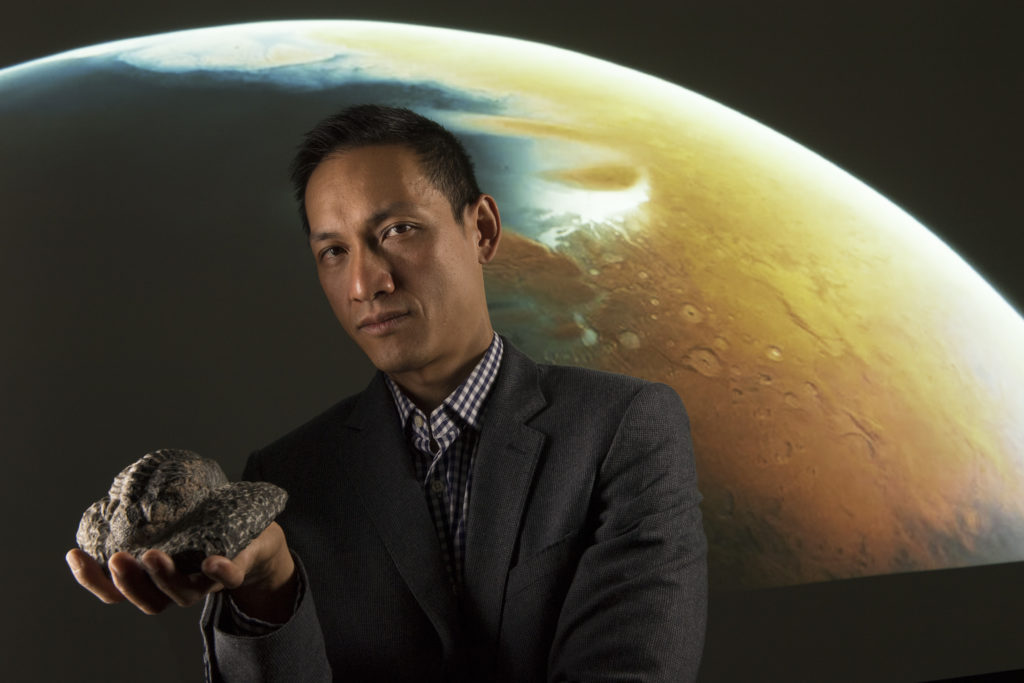
People have spent centuries wondering whether life exists beyond Earth, but only recently have scientists developed the tools to find out.
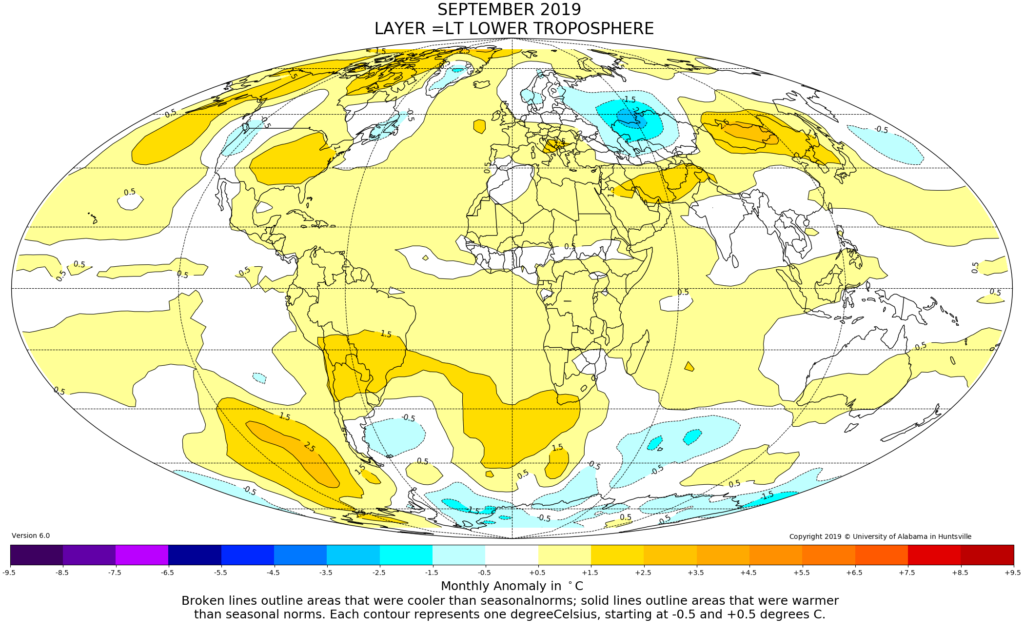
Global climate trend since Dec. 1 1978: +0.13 C per decade
New Brunswick, N.J. (Sept. 19, 2019) – Rutgers University–New Brunswick Engineering Professor Stephen D. Tse can comment on flame experiments this month on the International Space Station. The NASA project on symmetrical flames, called s-Flame, is aimed at studying combustion,…

A team of researchers at Texas A&M University is studying the use of virtual assistants to provide support during emergencies in space.

Clive Neal, professor of civil and environmental engineering at earth sciences at the University of Notre Dame, is an expert in the petrology, geochemistry, and geology of the moon, and Emeritus Chair of NASA’s Lunar Exploration Analysis Group (LEAG). Neal…
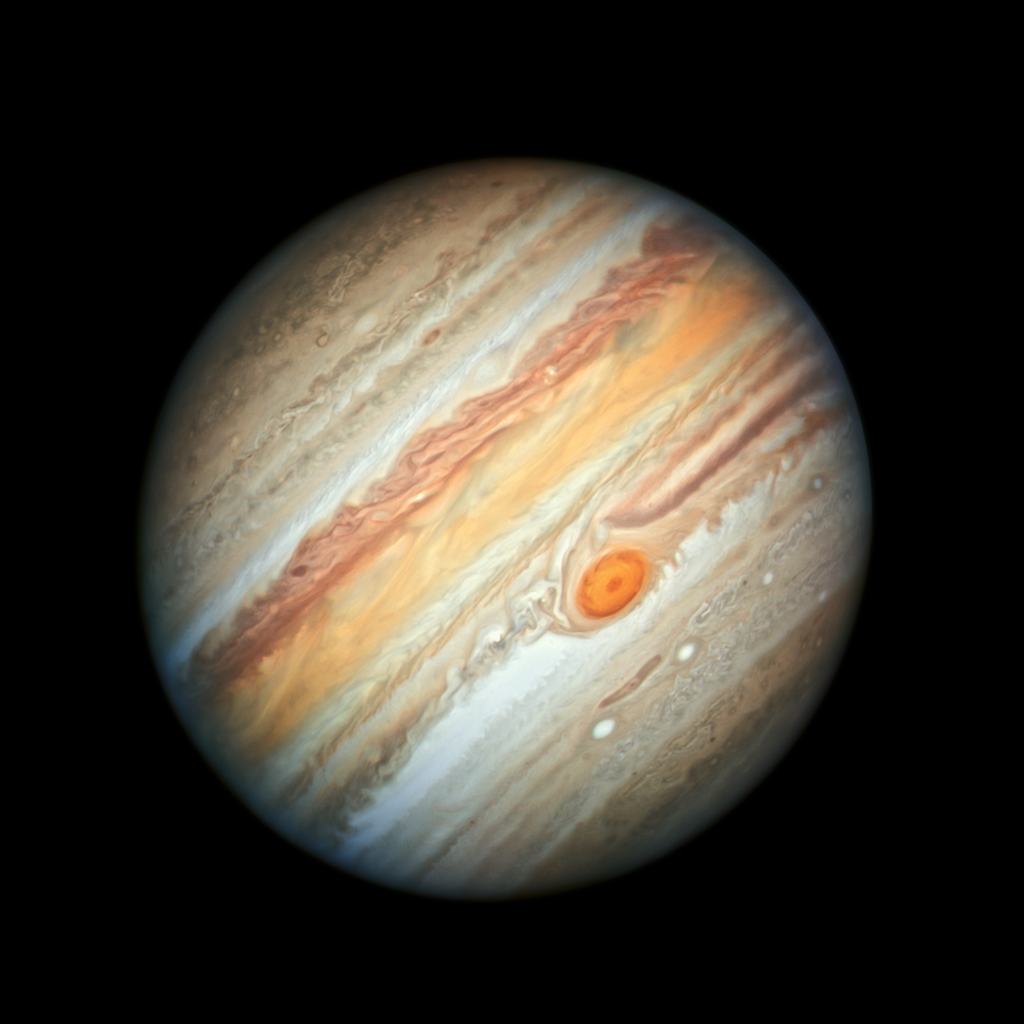
This new Hubble Space Telescope view of Jupiter, taken on June 27, 2019, reveals the giant planet’s trademark Great Red Spot, and a more intense color palette in the clouds swirling in Jupiter’s turbulent atmosphere than seen in previous years.
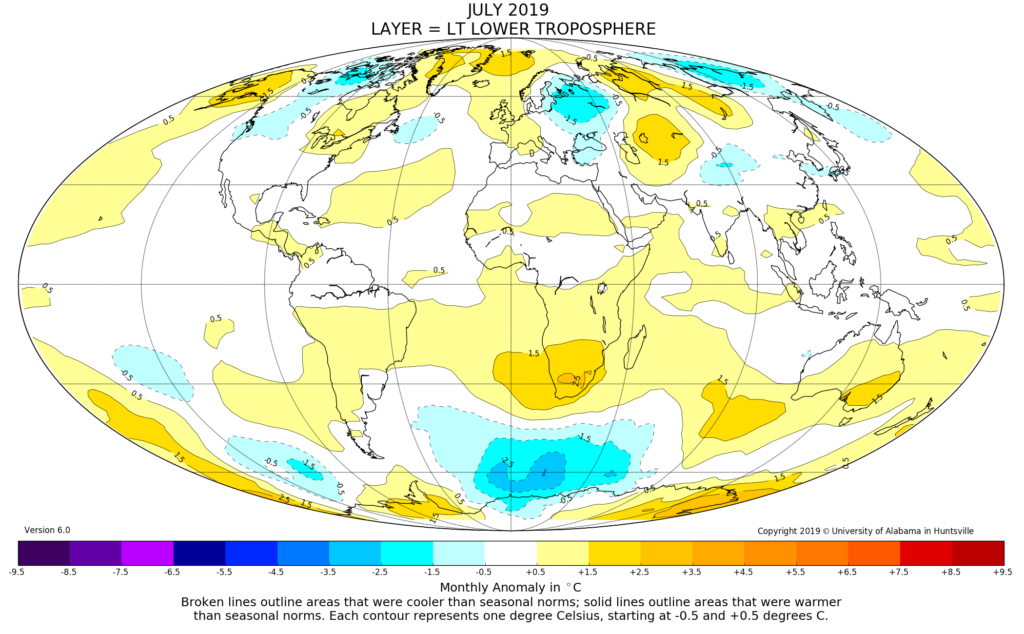
Global Temperature Report: July 2019